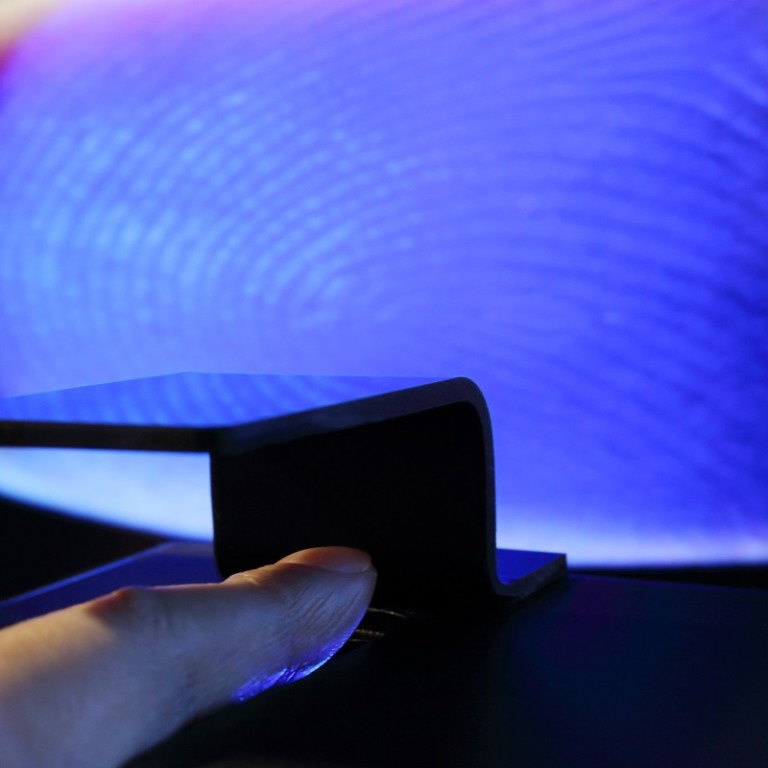
Breakthrough leads biometric fingerprinting into a new realm of speed and accuracy
Fingerprinting is a unique way of identifying people with a history stretching back 2,000 years.
[Sponsored Article] Nowadays, with the increasingly common use of fingerprint readers, people may be accustomed to the everyday use of fingerprint biometric security. In fact, fingerprinting is a unique way of identifying people with a history stretching back 2,000 years.
For the purpose of representing and matching fingerprints, different automated systems are currently used. Yet, existing systems are limited in their accuracy. New methods are needed to accurately simulate fingerprint skin for the precise recovery of discriminant 3D features. With that challenge in mind, Dr Ajay Kumar from the Department of Computing at The Hong Kong Polytechnic University led a team to develop a three-dimensional (3D) fingerprint identification system using methods to ensure more accurate results, reducing the amount of equipment involved and the cost.
In general, contact-based acquisition of biometrics scans by rolling or pressing fingers against a hard surface often results in partial or degraded images due to skin deformations, slippages or smearing. On the other hand, non-contact fingerprint systems avoid direct contact between the imaging sensor and the elastic surface of the skin, and can thus offer higher accuracy than contact-based methods. The key is to recover the unique 3D minutiae features from the fingerprint ridges – such as ridge ending, bifurcation and short ridges.
For the first time, Dr Kumar and his team have been able to accurately and reliably recover and match these details in 3D spaces. To achieve this, the team made innovative use of a single, low-cost digital camera coupled with few LED light sources controlled using a computer. This allows researchers to efficiently acquire high frequency information in 3D fingerprints that is processed using advanced in-house algorithms to recover 3D minutiae features.

From a theoretical standpoint, the system’s recovery and matching of 3D minutiae features pushes back the current limitations on how accurately fingerprints can be identified. In practical terms, the system’s compact size, reduced cost and faster processing, given the reduced amount of equipment needed, places it ahead of currently used commercial 3D counterparts. This touch-free system is also more hygienic than contact-based systems.
In addition, Dr Kumar has recently been able to advance 3D fingerprint matching to about seven times faster than his earlier work. That improvement, achieved by further customising the system’s algorithms, will allow it to address the real-time constraints on portable platforms, such as screening systems at border crossings. Also, the team has planned to license this technology for commercial deployment.
The significance of this breakthrough was recognised with the granting of US patents and the publication of its key algorithms in the leading journal IEEE Transaction on Pattern Analysis and Machine Intelligence.
